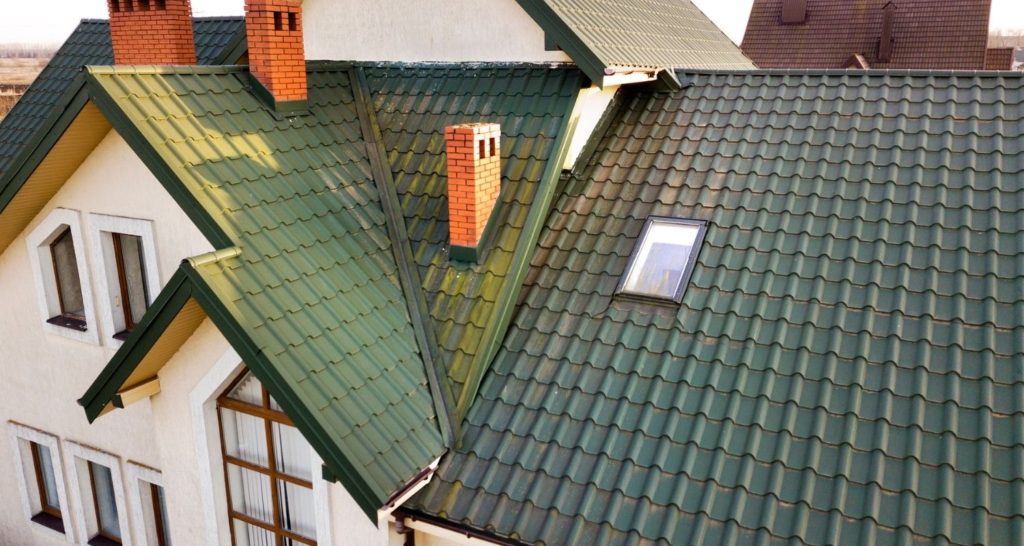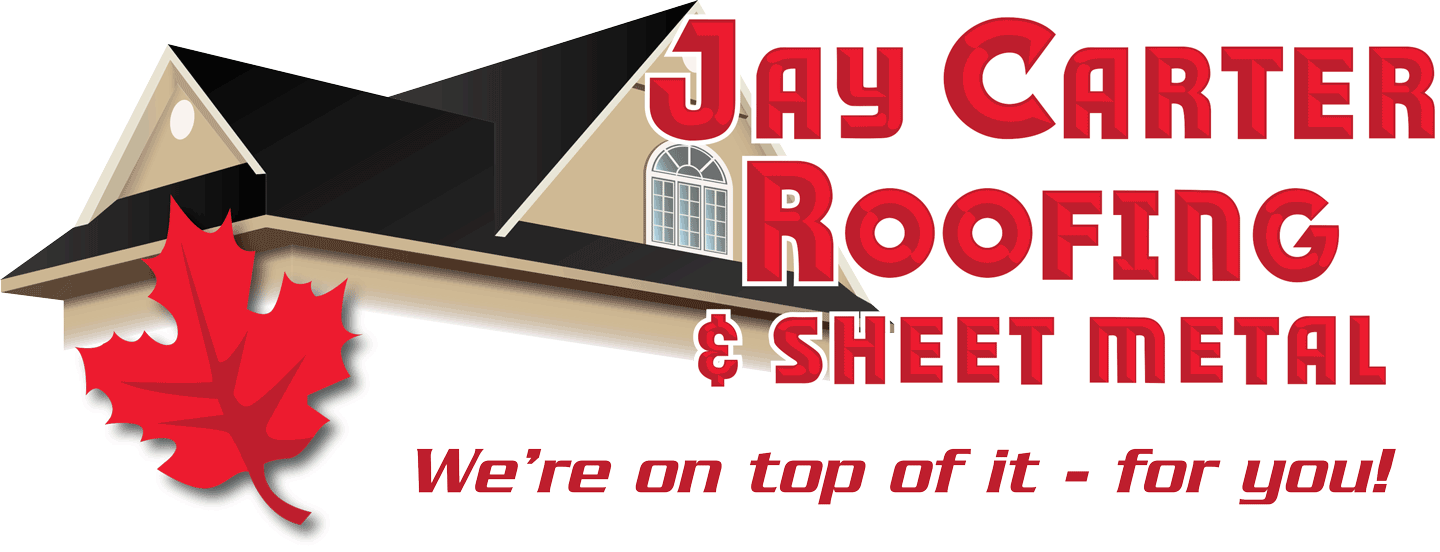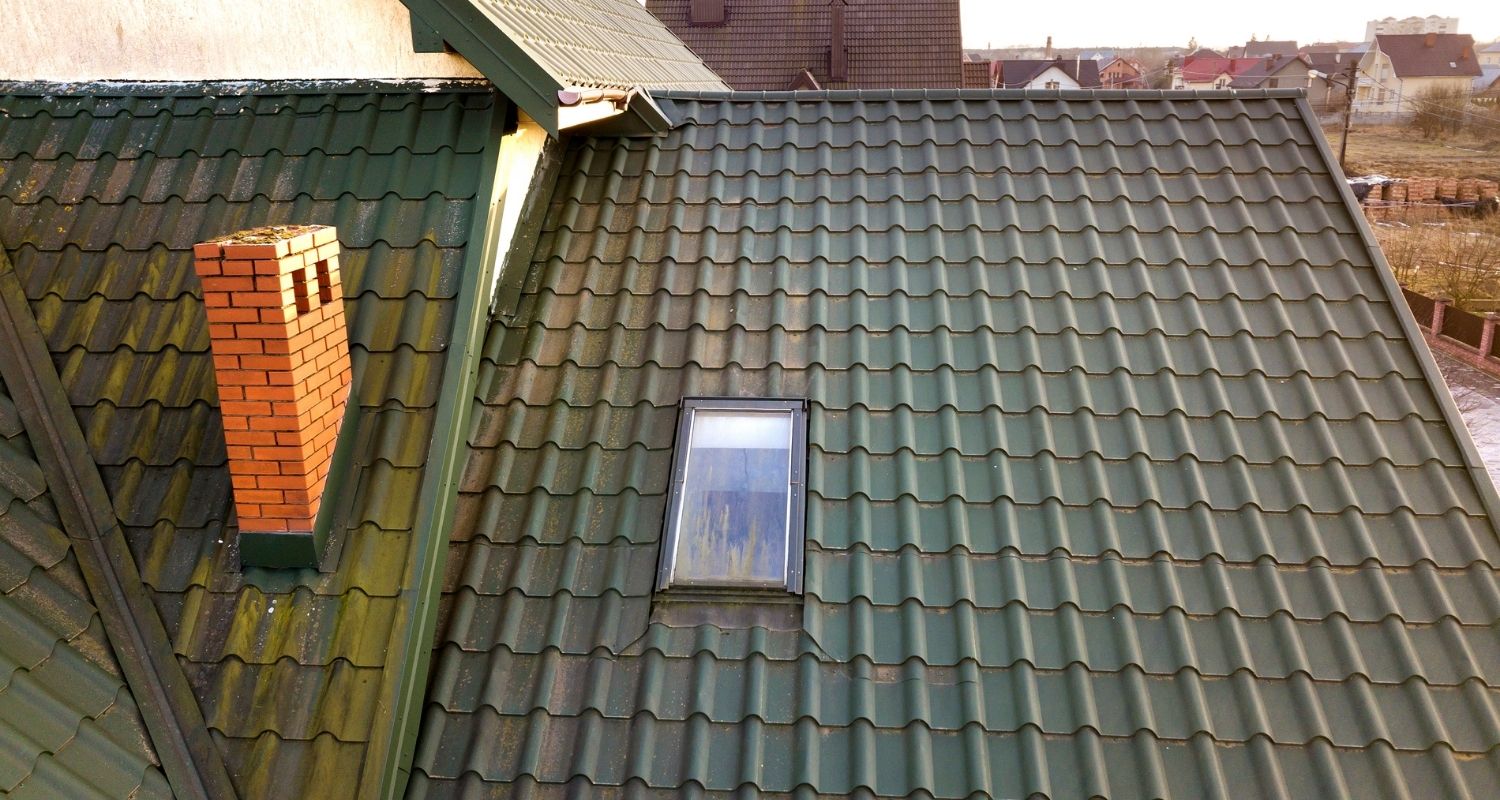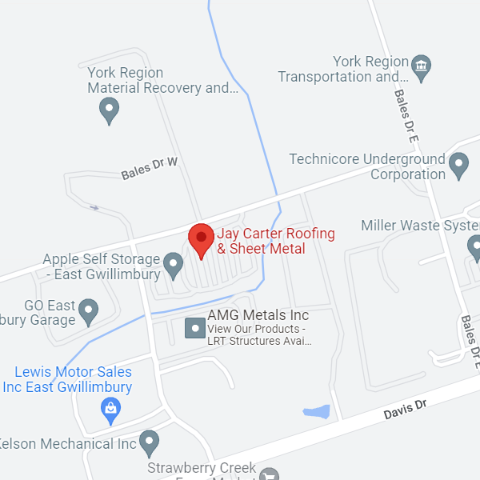Table of Contents
Uses and Applications for Metal Roofing
Metal roofing has a reputation for being utilized exclusively on big industrial or commercial buildings. While metal is an excellent choice for these purposes, it is also used on residences, architectural structures, and agricultural structures. Let’s look at some of the more frequent applications and buildings to seek for the next time you’re out and about in your city or town.
Commercial Buildings
One of the main reasons metal roofing is often used in commercial applications is its greater wind and water resistance, particularly in places where hurricanes or other tropical weather are a worry. Even if the facility is not in a tropical climate, metal roofing provides company and building owners assurance that their roof will survive and will not need continuous maintenance. Common applications include:
- Schools and universities
- Transportation buildings
- Government buildings
- Military structures
- Restaurants
- Hospitals
- Churches
- Offices
- Stores
- Hotels
Residential Projects
The residential sector is thriving as homeowners recognize that metal roofing will save them money in the long term. Many homeowners believe that their roof is too small to merit a metal roof, but we are here to inform you that the size of your roof is irrelevant. Metal roofing systems may be utilized on even the smallest structures, such as a brick or stone mailbox.
There has also been a rise in the usage of metal roofing as an accent on an awning or as a component of the roof. Before a contractor installs two distinct materials together, be sure to speak with the manufacturer since they may react and deteriorate one another.
Architectural Projects
Because metal roofing starts as a metal coil or sheet, it may be moulded and cut into various forms, sizes, and lengths. This variation, along with the durability, colour variety, and eco-friendliness of metal, provides architects with several advantages when designing visually beautiful buildings.
Structural Uses
Have you ever been inside a warehouse, factory, or other industrial facility and been able to view the roof from the inside? This is a nice example of structural metal roofing when metal panels are placed directly to the frame or purlins overexposed framing or on buildings that span great distances (additional support beams added to the roof frame).
Agricultural Buildings
Metal roofing is often used in barns and other agricultural structures and structural purposes. Agricultural constructions have typically used a lap seam profile, in which the ends of the panels overlap and are held together by sealant or visible fasteners.
Metal Roofing Types and Options
Metal roofing is popular because of its adaptability, range of possibilities, and ability to be tailored for each specific project, including colour, form, style, and much more.
Metal Material Types
When it comes to roofing, metal is a pretty wide phrase, particularly given that the periodic table of elements contains approximately 100 metals. Metal roofing materials that are regularly utilized in the business include:
- Zinc
- Copper
- Aluminum
- Stainless steel
- Galvanized steel
- Galvalume coated steel
All of these metals are solid choices, but they have different advantages. It’s important to educate yourself on metal roof material possibilities to choose the ideal one for your area, style, and demands.
Metal Roofing Panel Styles
- Standing Seam – Standing seam metal roofing is made up of metal panels linked together at the edges to produce a vertical seam. A real standing seam system employs the concealed fastener technique of installation, which means that the clips and fasteners are buried under the surface and are not apparent to the human eye. This is what distinguishes it from other types of metal roofing. Compared to exposed fastener metal roofing, standing seam is considered the superior and better-protected option.
- Exposed Fastener – Exposed fastener metal roofing is the least costly and most cost-effective option since the fastener heads are exposed on the top of the panels. The fastener is driven straight through the metal and into the roof deck when installing an exposed fastener roof. Traditionally, exposed fasteners have been employed in agricultural or industrial applications.
- Stamped Profiles – If you want the appearance of shingles or more textured surfaces but want the lifespan, affordability, and durability that metal provides, metal stamped profiles may help. There are several stamping alternatives to pick from, including:
- Shake
- Tiles
- Shingles
Types of Seam Metal Panel
- Snap-lock: Metal roofing panels that have been precisely roll-formed with specified panel profile edges snap together during installation, eliminating the need for hand or mechanical seaming. Snap-lock seams are becoming more common in the roofing industry since they protect against the elements while making installation easier for the contractor.
- Mechanical Seam: Mechanically seamed panels are roll-formed with particular edges that line up on the roof. The closed seam is shaped like a paper clip. After joining the two edges, a manual or mechanical seamer is used to bend the edges and secure the panels together. Mechanical seaming is classified into two types:
- Tee Panel – A standing seam in which two-panel edges meet and are joined at the top by a cap, which is then mechanically seamed in place to secure the panels together. When the seaming is finished, the top of the standing seam will be in the form of a “T.”
- Exposed Fastener Lap Seam – Exposed fastener lap seams occur when the overlapping ends of lap panels are attached down to the deck from the panel’s top.



